

- RFQ
- BOM
-
Contact Us
Tel: +86-0755-83501315
Email: sales@sic-components.com
- Chinese
- English
- French
- German
- Portuguese
- Spanish
- Russian
- Japanese
- Korean
- Arabic
- Irish
- Greek
- Turkish
- Italian
- Danish
- Romanian
- Indonesian
- Czech
- Afrikaans
- Swedish
- Polish
- Basque
- Catalan
- Esperanto
- Hindi
- Lao
- Albanian
- Amharic
- Armenian
- Azerbaijani
- Belarusian
- Bengali
- Bosnian
- Bulgarian
- Cebuano
- Chichewa
- Corsican
- Croatian
- Dutch
- Estonian
- Filipino
- Finnish
- Frisian
- Galician
- Georgian
- Gujarati
- Haitian
- Hausa
- Hawaiian
- Hebrew
- Hmong
- Hungarian
- Icelandic
- Igbo
- Javanese
- Kannada
- Kazakh
- Khmer
- Kurdish
- Kyrgyz
- Latin
- Latvian
- Lithuanian
- Luxembou..
- Macedonian
- Malagasy
- Malay
- Malayalam
- Maltese
- Maori
- Marathi
- Mongolian
- Burmese
- Nepali
- Norwegian
- Pashto
- Persian
- Punjabi
- Serbian
- Sesotho
- Sinhala
- Slovak
- Slovenian
- Somali
- Samoan
- Scots Gaelic
- Shona
- Sindhi
- Sundanese
- Swahili
- Tajik
- Tamil
- Telugu
- Thai
- Ukrainian
- Urdu
- Uzbek
- Vietnamese
- Welsh
- Xhosa
- Yiddish
- Yoruba
- Zulu
- Kinyarwanda
- Tatar
- Oriya
- Turkmen
- Uyghur
Navigating the Realm of Obsolete Electronic Components Sourcing
In the fast - paced world of electronics, technological advancements are relentless. Newer, more efficient components are constantly being introduced, rendering older ones obsolete. Obsolete electronic components, defined as those no longer in production or supported by manufacturers, present a unique set of challenges and opportunities for various industries. This article delves deep into the sourcing of such components, exploring the reasons behind their obsolescence, the difficulties in procurement, and effective strategies to secure them.
The Prevalence of Obsolete Electronic Components
The electronics industry's rapid innovation cycle is the primary driver of component obsolescence. Components can become obsolete in a relatively short span, sometimes within months or a few years. For instance, integrated circuits, which are the building blocks of modern electronics, are frequently replaced by newer versions with enhanced performance, smaller form factors, and lower power consumption.
The impact of obsolete components is far - reaching. In sectors like aerospace, automotive, telecommunications, and consumer electronics, the unavailability of a critical obsolete component can lead to production delays, increased costs, and even the discontinuation of products. In the aerospace industry, where systems have long lifecycles (sometimes spanning several decades), the need for obsolete components to maintain and repair legacy equipment is crucial. Similarly, in industrial automation, older control systems may rely on components that are no longer in production.
Challenges in Sourcing Obsolete Electronic Components
Scarcity and Price Volatility
As components become obsolete and production ceases, their availability in the market dwindles. This scarcity often leads to a significant increase in prices. For example, a once - commonly available resistor that has become obsolete may see its price multiply several times due to limited supply. The unpredictability of the market for obsolete components means that prices can fluctuate wildly, making it difficult for businesses to budget effectively for their procurement.
Risk of Counterfeits
The scarcity of obsolete components creates a fertile ground for counterfeiters. With the high demand and limited supply, there is a temptation for unscrupulous sellers to introduce fake or substandard components into the market. These counterfeit components can pose severe risks to the quality and reliability of electronic systems. They may cause system failures, malfunctions, and in some cases, safety hazards. For example, in medical electronics, using a counterfeit component in a life - support system could have life - threatening consequences.
Uncertain Lifecycle Predictions
While manufacturers often provide end - of - life (EOL) notifications for components, external factors can disrupt these predictions. Technological breakthroughs, sudden changes in market demand, or resource shortages can accelerate the obsolescence process. This makes it challenging for businesses to plan ahead and anticipate when a component they rely on will become obsolete.
Strategies for Sourcing Obsolete Electronic Components
Utilize Specialized Distributors
There are distributors that specialize in obsolete and hard - to - find electronic components. Companies like SIC Electronics, with over 34 years of industry experience, maintain a stocklist of over 1 billion electronic parts, including both obsolete components and replacement options. They also have a team of sourcing experts with a global reach. AERI, another such distributor, has over 50 years of combined industry experience and access to over 250 million active and passive obsolete electronic components. These distributors have established relationships with stocking distributors, OEMs, and manufacturers, enabling them to source components from a wide range of sources.
Explore OEM Excess Inventories
Original Equipment Manufacturers (OEMs) may have excess inventories of components that they no longer need for their current production. Some distributors, like SIC Electronics, have exclusive access to OEM excess inventory. By tapping into these sources, businesses can often find the obsolete components they need at a reasonable price. Additionally, SIC is a member of several specialist B2B obsolete component forums, which further expands their sourcing capabilities.
Consider Component Recycling
Component recycling has emerged as a sustainable alternative in the obsolete component market. Refurbished components can sometimes be a viable option, especially when new components are not available. However, it is crucial to ensure the quality and reliability of recycled components. Distributors should clearly indicate the condition of refurbished parts and subject them to rigorous testing. For example, SIC offers full component third - party non - destructive verification testing for traceability and reliability, even for refurbished components.
Look for Alternative or Equivalent Components
Before settling on sourcing an obsolete component, it is essential to explore the possibility of using an alternative or equivalent component. An alternative component may not have the exact same specifications but can be configured to perform the required design function. An equivalent component has the same or nearly the same electrical specifications as the obsolete one, although it may have a different manufacturer part number and come in a different package. Tools like the FORTE BOM Tool provided by SIC can assist in finding such alternatives. First, search within the same manufacturer's component series. Then, utilize electronic component search engines to look for components based on various parameters such as manufacturer name, MPN, and specifications.
The Role of Technology in Sourcing
Third - Party Component Databases
There are third - party component databases that aggregate information from thousands of suppliers. These databases offer a wealth of information, including obsolete predictions, inventory data, and compliance data. They can be a valuable resource for businesses looking to source obsolete components. By searching these databases, companies can access information on millions of components and potentially find the ones they need.
Online Sourcing Platforms
Online platforms like SIC have emerged as sourcing platforms for obsolete components. They offer a transparent sourcing process, tracking every step from quote to shipment. They also hold payments securely until delivery is confirmed, providing a no - risk buyer experience. These platforms connect buyers with reliable suppliers, reducing the guesswork involved in sourcing obsolete components.
Mitigating Risks in Obsolete Component Sourcing
Supplier Vetting
When sourcing obsolete components, it is crucial to vet suppliers thoroughly. Distributors like Cyclops Electronics have strict procedures in place to ensure the reliability of suppliers. They follow a process such as the AS6081 vendor certification process to weed out untrustworthy suppliers. This helps in reducing the risk of receiving counterfeit components.
Quality Assurance and Testing
Robust quality assurance processes are essential. Every component should be subject to inspection and testing. Distributors should offer testing services, either in - house or through third - party partners. For example, SIC's commitment to quality includes third - party non - destructive testing to guarantee that all sourced parts meet industry standards.
Conclusion
Sourcing obsolete electronic components is a complex but manageable task. By understanding the challenges, leveraging the right strategies, and utilizing available technologies, businesses can ensure the continuity of their operations, whether it's maintaining legacy systems or fulfilling production requirements. The key lies in building relationships with reliable distributors, staying informed about component lifecycles, and being proactive in finding solutions, whether through sourcing the exact obsolete component or using suitable alternatives. As the electronics industry continues to evolve, the ability to navigate the world of obsolete component sourcing will remain a valuable skill for businesses across various sectors.

Hot Products
View MoreRelated Blogs

2000+
Daily average RFQ Volume

30,000,000
Standard Product Unit

2800+
Worldwide Manufacturers

15,000 m2
In-stock Warehouse



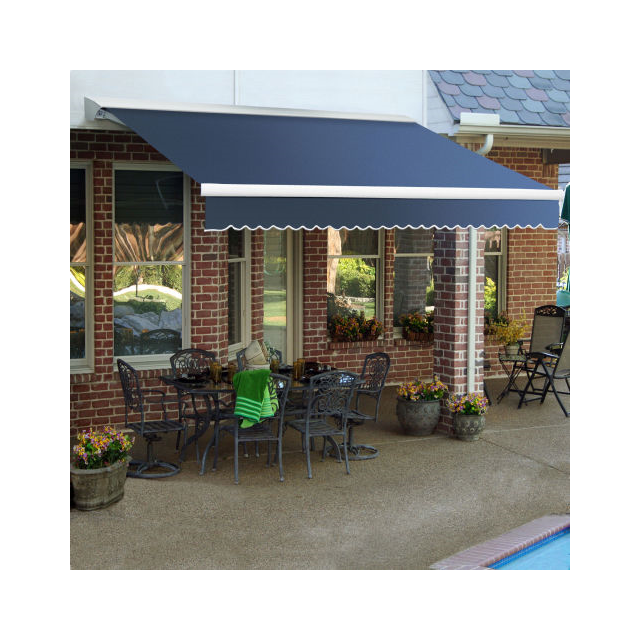
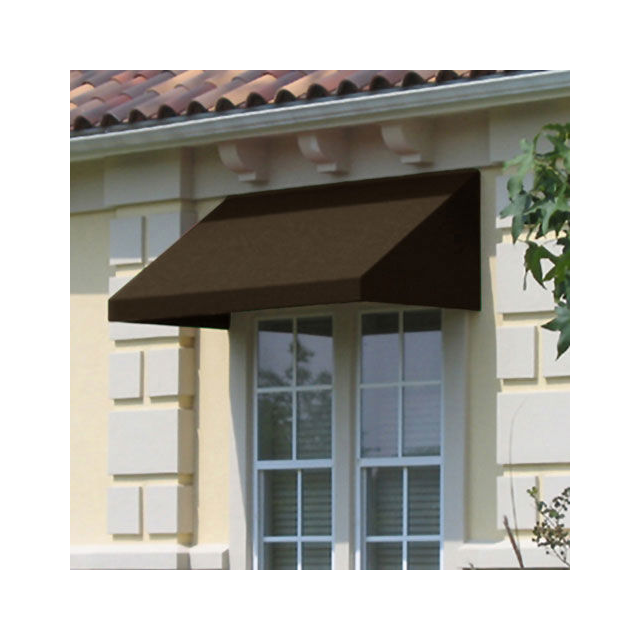
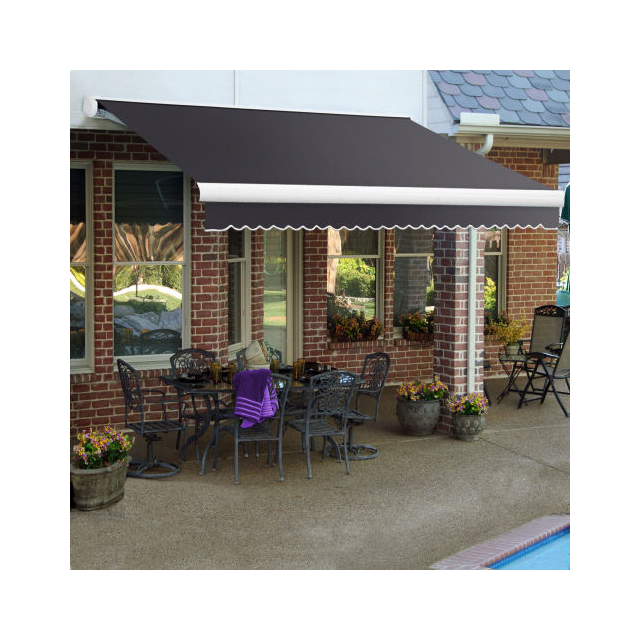
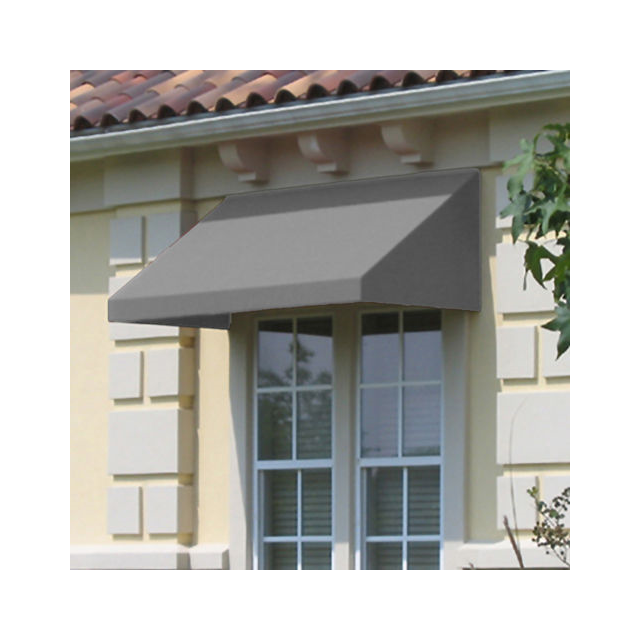


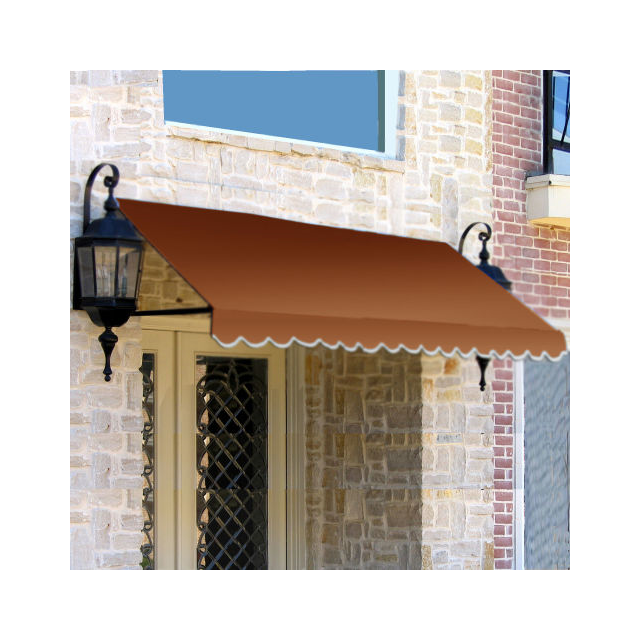
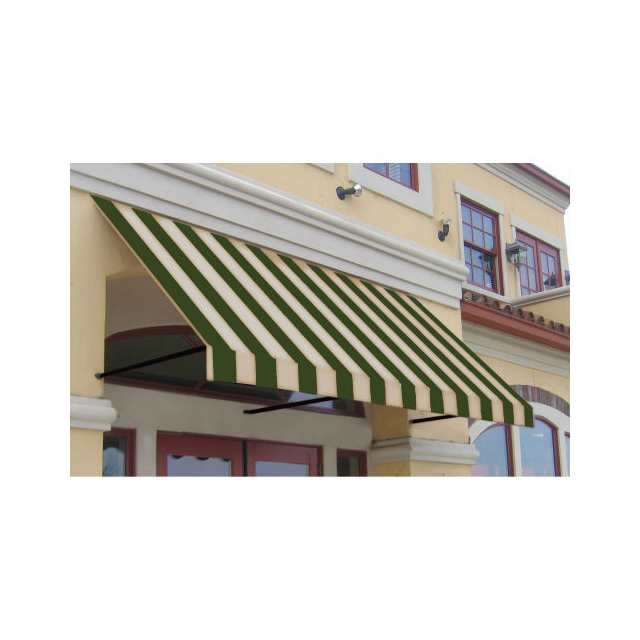
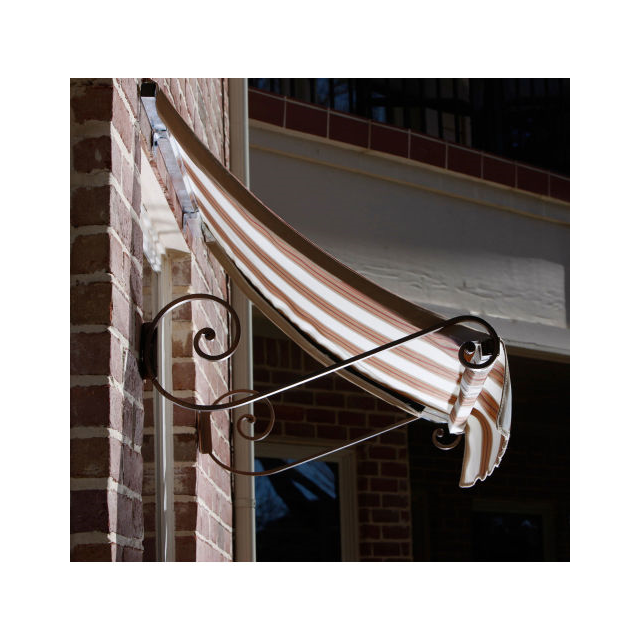
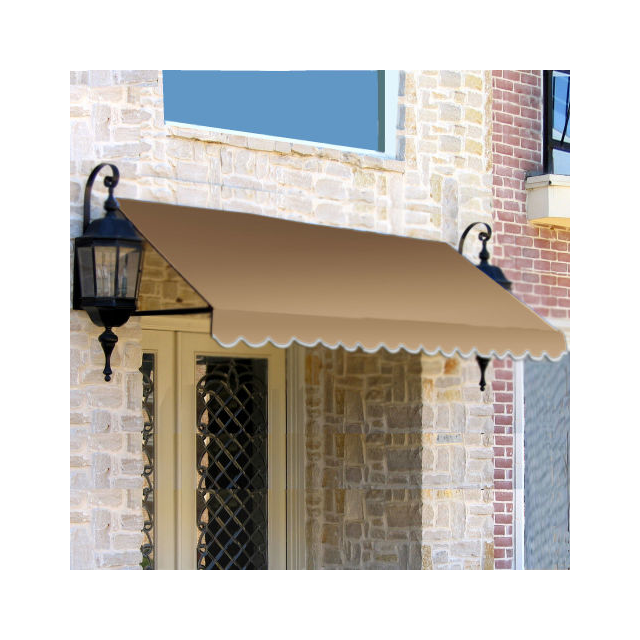
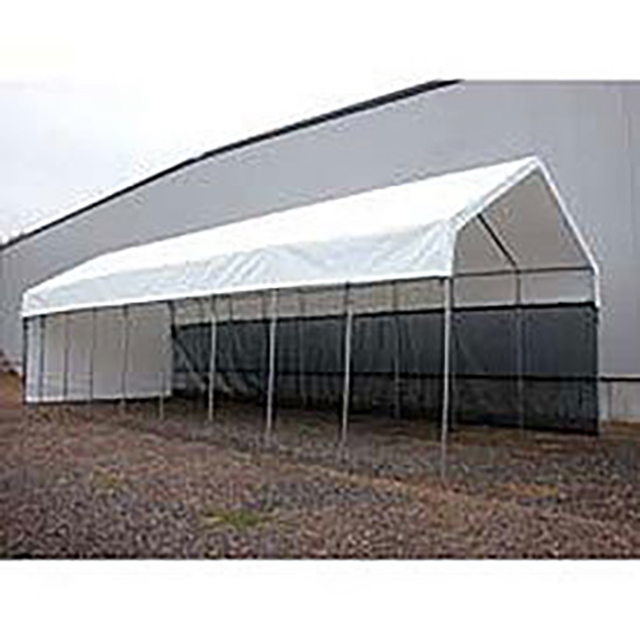
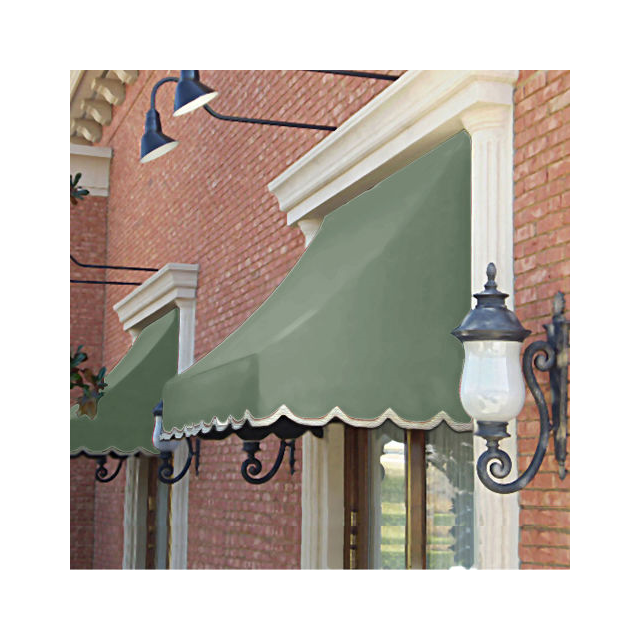
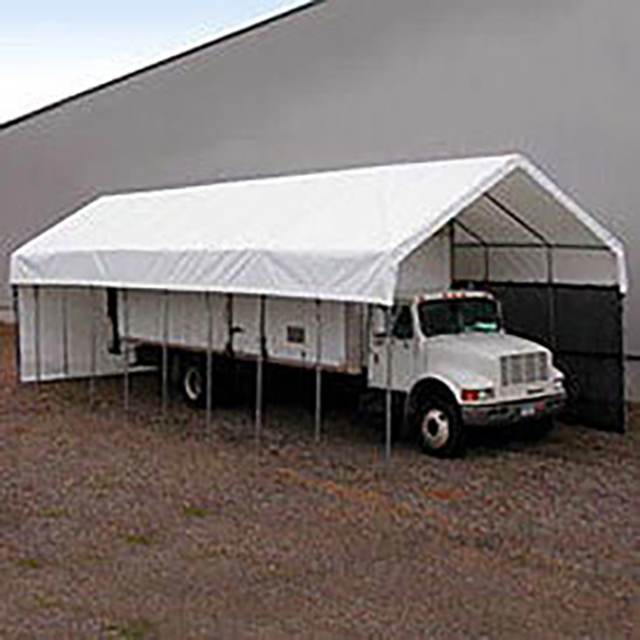
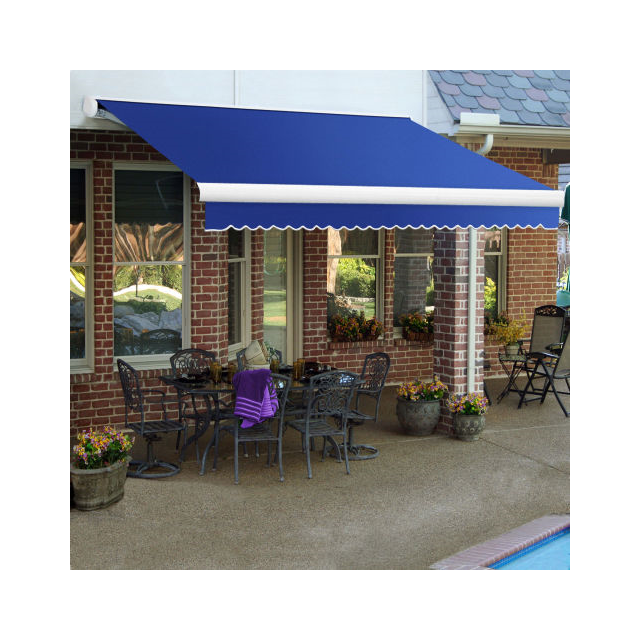
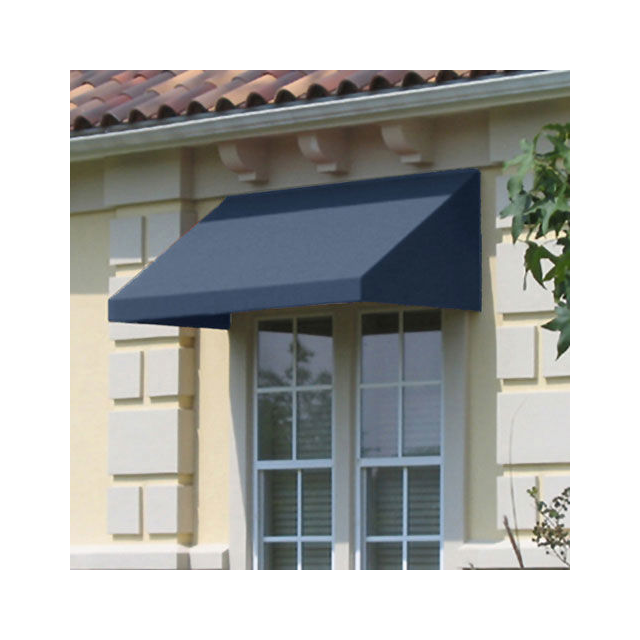
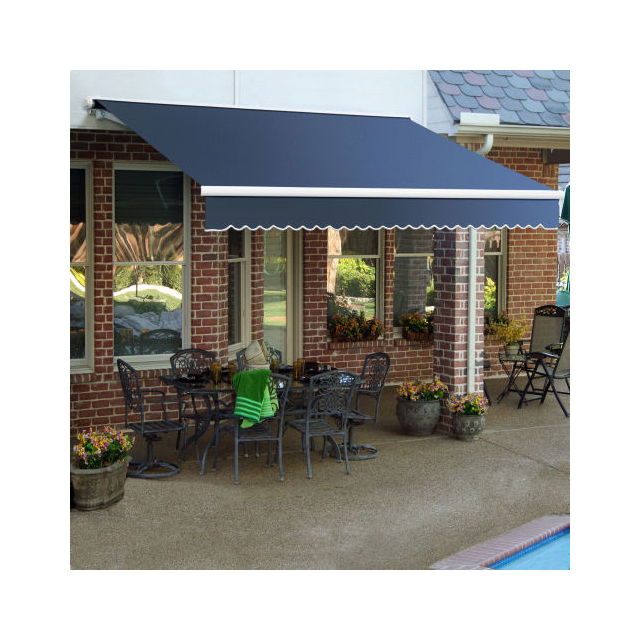
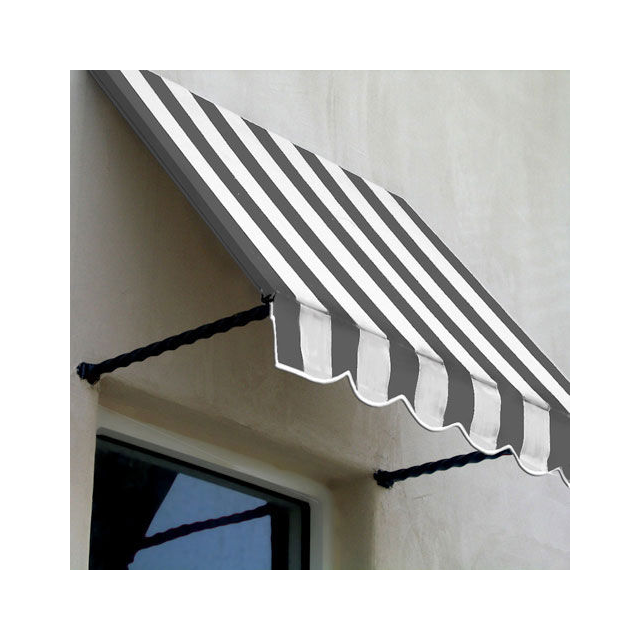
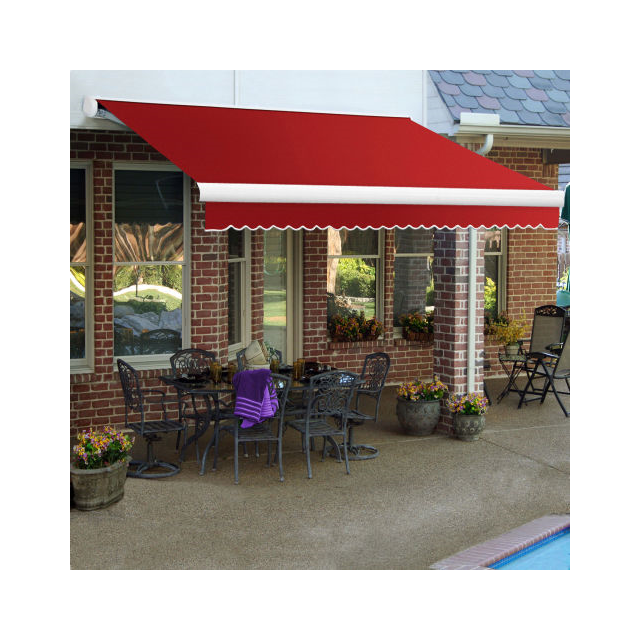
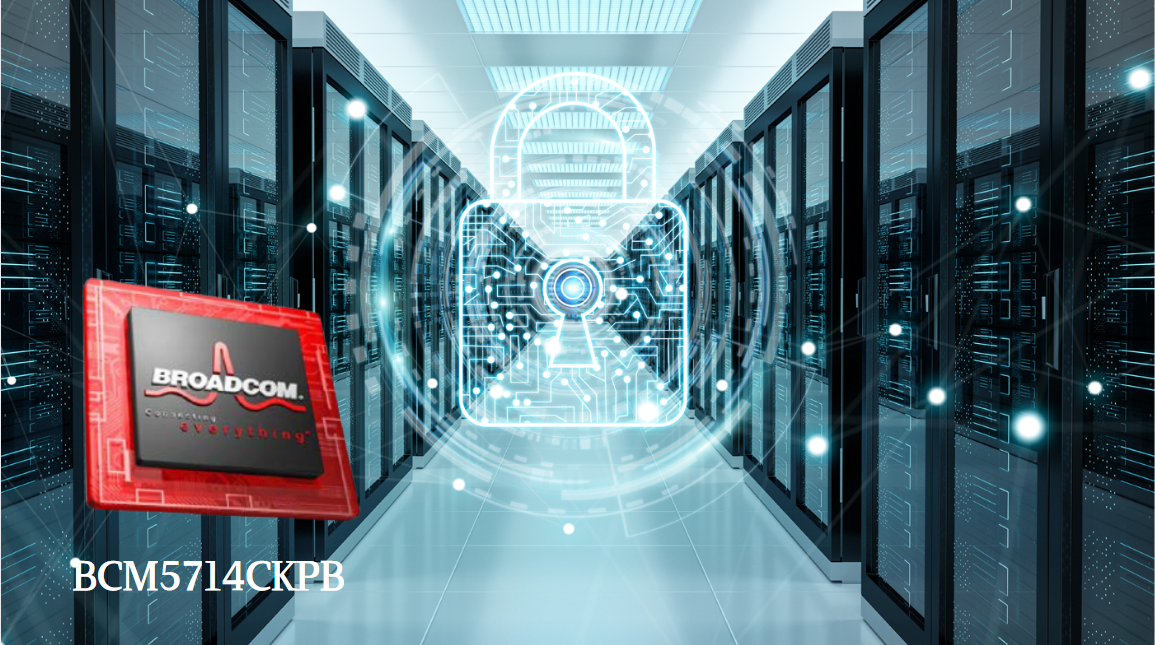
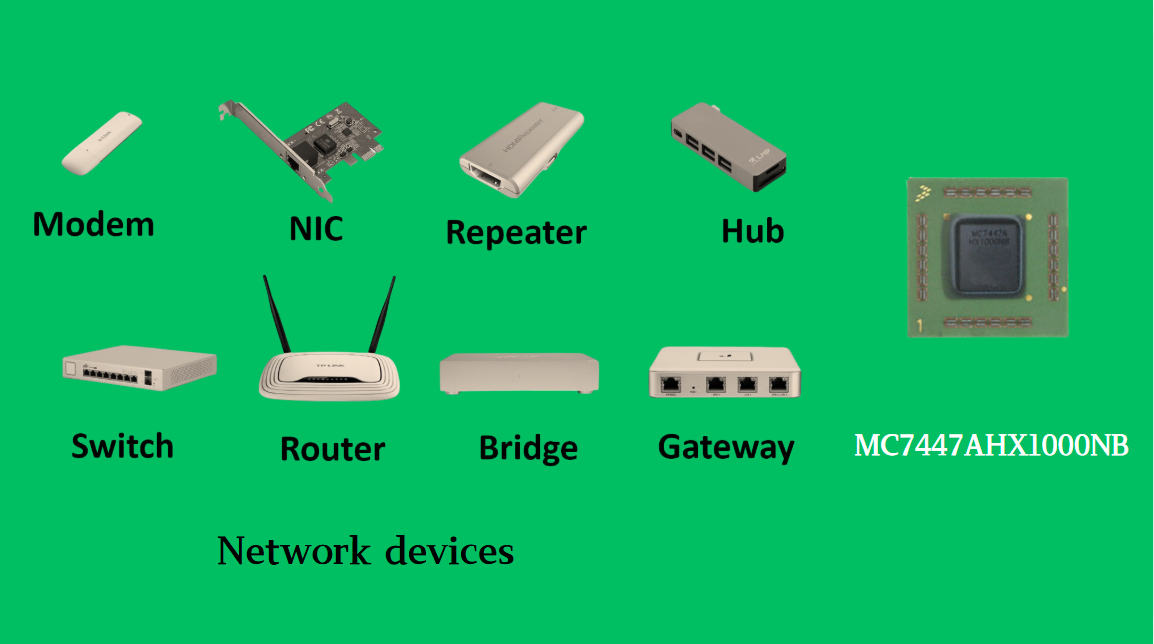








 Wishlist (0 Items)
Wishlist (0 Items) 